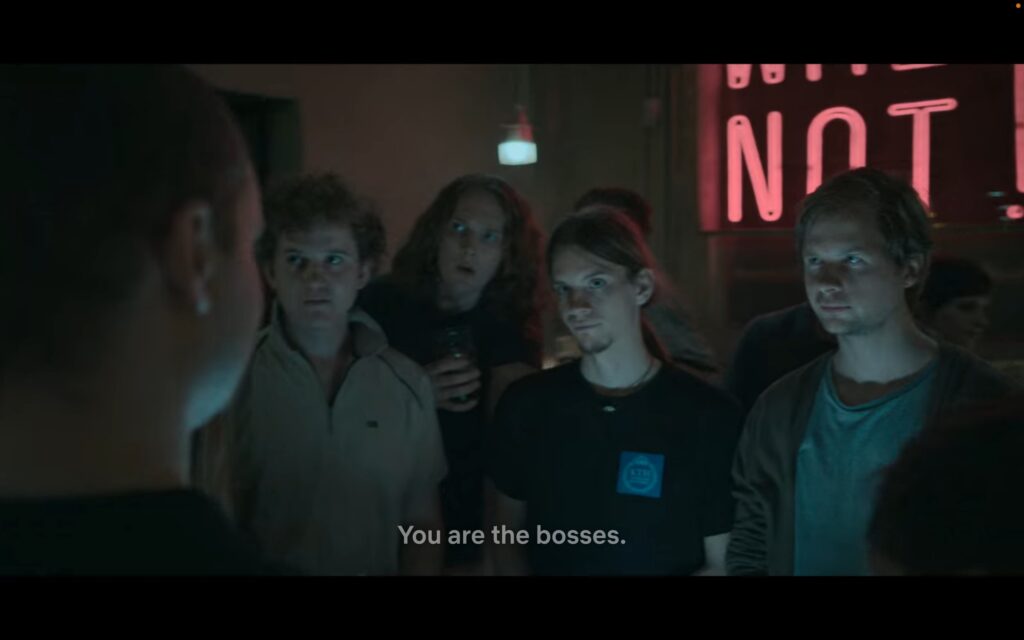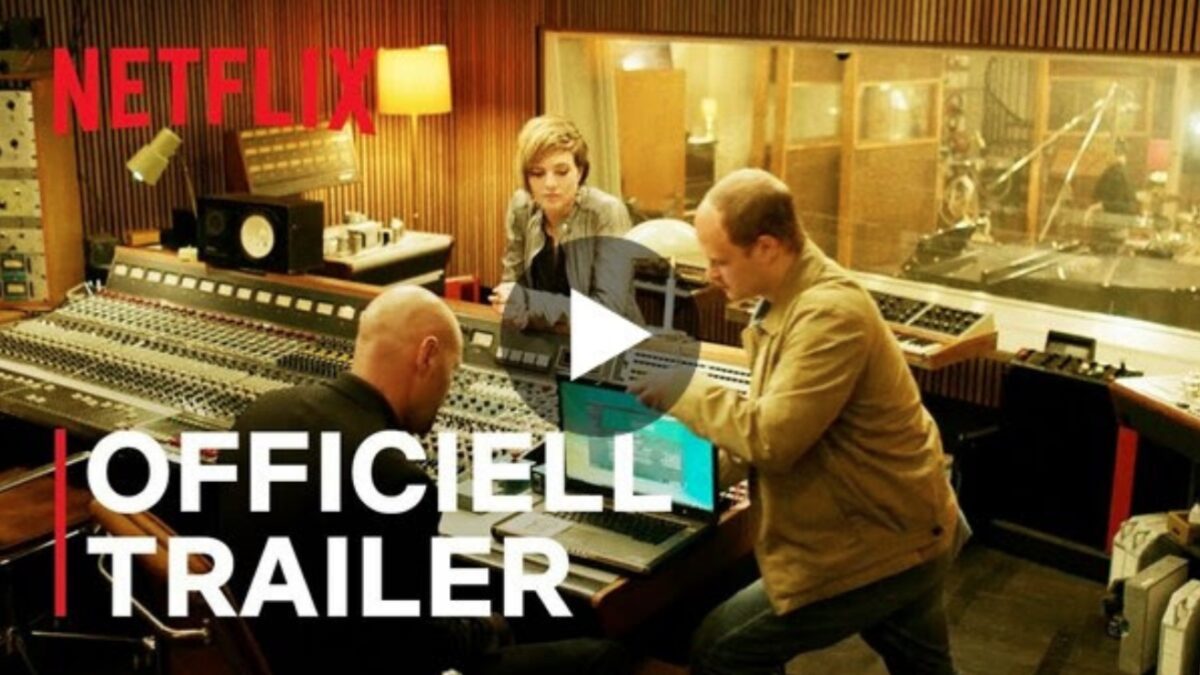What they actually got right in “The Playlist” – A Spotify insider’s perspective on the new Netflix show
Last week saw the premiere of The Playlist, a new Netflix fictional show about Spotify’s origin story. It has been suggested that the creators really emphasize that it’s “fiction” to stop people portrayed, or Spotify, from taking legal action. I personally think it has more to do with the fact that the authors of the book the show is based on had limited, if any, access to the key people in the story. Ironically that didn’t stop them from naming the book “Spotify from the inside” (“Spotify inifrån” in Swedish). Of course it also helps to create a more interesting drama, with more tension and conflicts, if you don’t have to stick too close to the truth.
The show’s six episodes are all told from the perspective of different people involved in Spotify’s origin; “The Vision” from co-founder and CEO Daniel Ek’s perspective, “The Partner” from co-founder Martin Lorentzon’s perspective, “The Artist” from the (made up) artist Bobbie T’s perspective, and so on. A pretty cute solution to further reinforce the fictional aspect of the show.
With my background at Spotify, having worked with many of the people portrayed in the show, I simply had to binge watch it as soon as it was out. I both loved it and hated it. It’s hard for me to review it objectively and even though it’s fiction it’s hard to not compare it with your own version of how things went down. However, I’m not going to bore you with all the things I think they got wrong, but rather bring up a few things I think they got right and where I believe there are lessons to be learned.
The Bad
Well, there is one bad thing where I just can’t write it off as “artistic liberties”, so let’s get that out of the way. The most painful misrepresentation is how Daniel Ek, co-founder and CEO, is depicted. He comes across as unreasonable in his demands to the coders, he’s described more or less as a dictator-leader who’s not listening to others, and as someone who is willing to sacrifice close relationships for success. This is the absolute opposite to the Daniel I got to know when working at Spotify 2011-2017. The show’s director admits in an interview that Daniel is one of the characters they really “twisted” to create drama, he acknowledges that they don’t know much about the “enigmatic” founder, and he says he believes Daniel is “a lot nicer in reality”. But since Daniel is the main character and most people won’t know how much of a fiction this portrait is, this is what I hate most about the show.

The Problem To Be Solved
Even though it has only been 15 years since Spotify was launched I believe many of us have forgotten what it actually was like at the time, with Pirate Bay and illegal downloads really gutting the record industry. The Playlist does a good job of reminding us of that history and I like how the episode from the music executive’s perspective lets us see the frustration that ultimately paved the way for Spotify’s early success.
The Technical Challenge
The episode “The Coder” is pretty overdramatised in many ways but I really appreciate how it highlights the technical challenges Spotify had to overcome and how it succeeds in conveying the wow factor it truly was to find almost any song you could think of and have it start to play immediately. This is a super important feature for a great product breakthrough.
The Company Vision
There’s a scene in the first episode, “The Vision”, where Daniel asks what’s so special about Silicon Valley: “What is it they do that we don’t? Why do they get to change the world while we fiddle with tools for advertising?” This scene captures what was part of the Spotify lore when I worked there, that the founders set out to build an amazing company from the start. They were willing to invest in great talent and a great workplace, they wanted people who wanted to be part of building something big. One of our company values at the time was “Go big or go home” (cf. Amazon’s “Make history”) and when I interviewed for Spotify I was told that Apple and Google were our biggest competitors even though neither of them had a streaming service, but actually rather arguing against it. This instilled us with both a sense of purpose and a sense of urgency that engaged and motivated people.
The Empowered Engineer

This finally leads to the thing I liked the most that they at least got a bit right: the empowered engineers. As Daniel tells Martin in the first episode: “In our company, the coders are the stars. We’ll build everything around them, not stifle them with HR, nothing like that.” Unfortunately Daniel later comes across as bullying the team rather than challenging them, but the underlying idea is right. Spotify leadership communicates the vision and sets the objectives, the teams figure out how to get there. To do that the teams have to be able to test their ideas, track the results, throw them away and try new ideas if the needle isn’t moving in the right direction. Daniel makes this clear to the newly assembled team: “You are the bosses. Your ideas will drive progress so we’ll never compromise on that.”
We would soon start calling this concept “autonomous squads” and it was something that set Spotify apart from traditional organizations. At Spotify it’s not the HiPPO (Highest Paid Person’s Opinion) that decides, it’s the merit of the idea, informed by actual testing and data. As the Spotify CTO puts it in episode 4: “And everyone on the team will be equal. No hierarchy, no titles. If two people think differently, it shouldn’t matter who is higher up. Best idea wins, no matter what.”
The “Spotify Model”
This is of course how many startups work, at least today, but the challenge is often to keep this autonomy and innovation going as you scale up. How can we ensure that the engineers are still empowered as we grow, that we don’t “stifle them with HR”, that it’s still the “best idea wins”? This became one of Spotify’s big challenges after the initial success, a challenge I joined Spotify to help overcome, and that eventually gave rise to the “Spotify model” of tribes, squads, chapters, and guilds. But that’s another story, maybe for The Playlist season 2…
Do you want to empower your people and teams? Check out the course “Agile at Scale, Inspired by Spotify” (remote/online version April 11-13).
Do you want me to speak at your next event? Have a look at some of the topics I have presented and contact me for more information.


